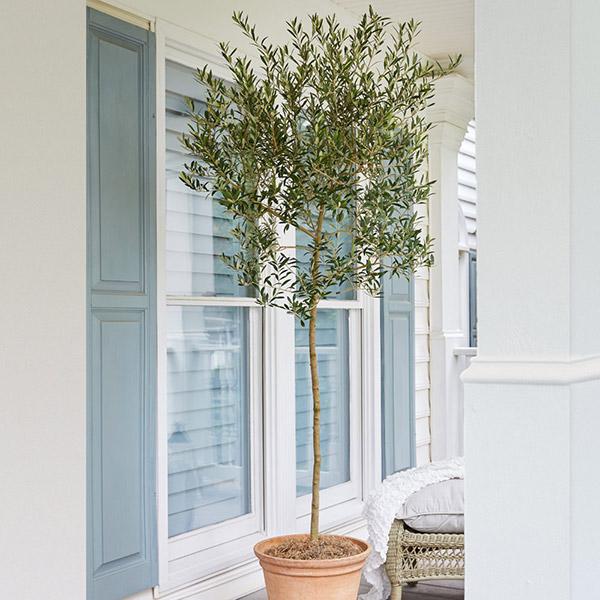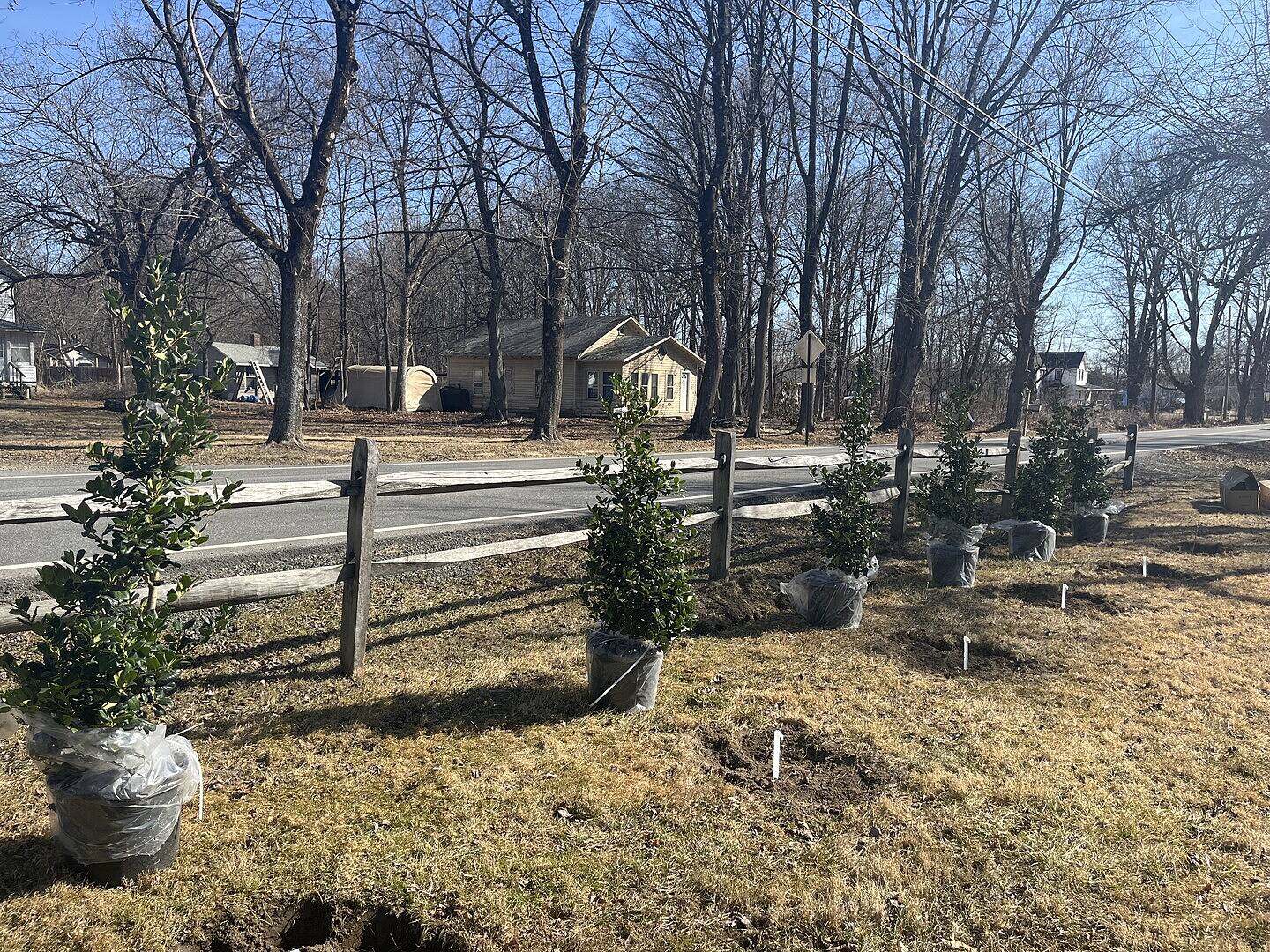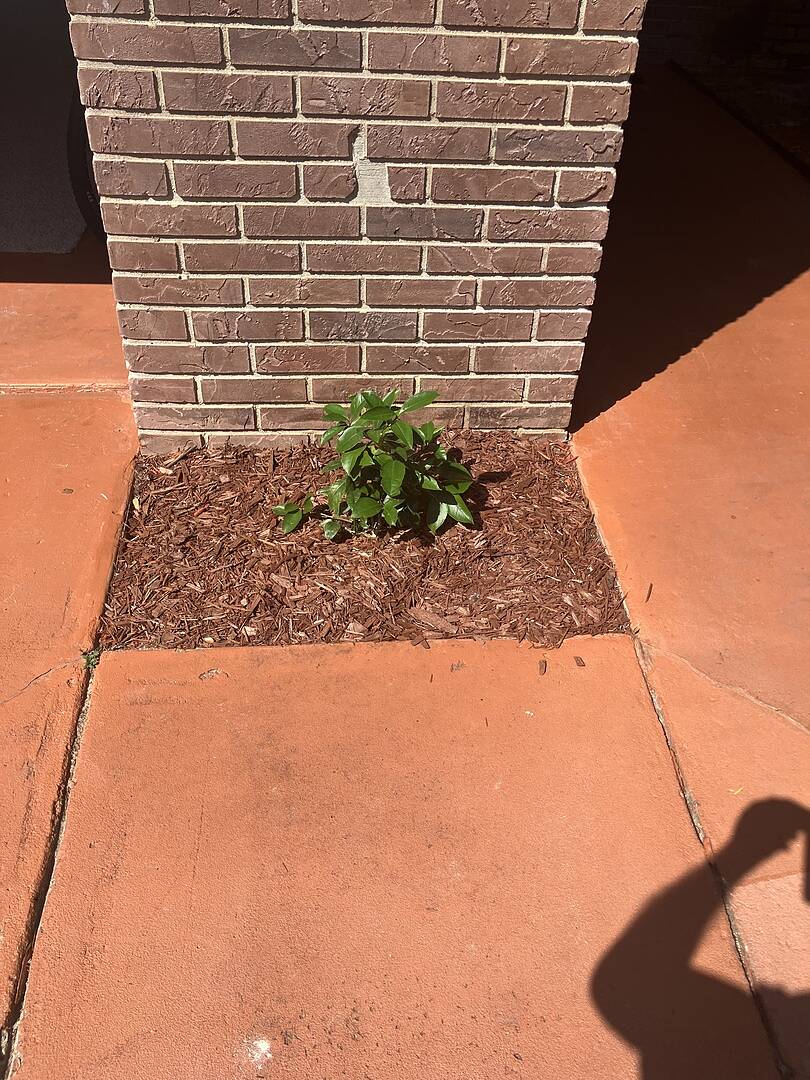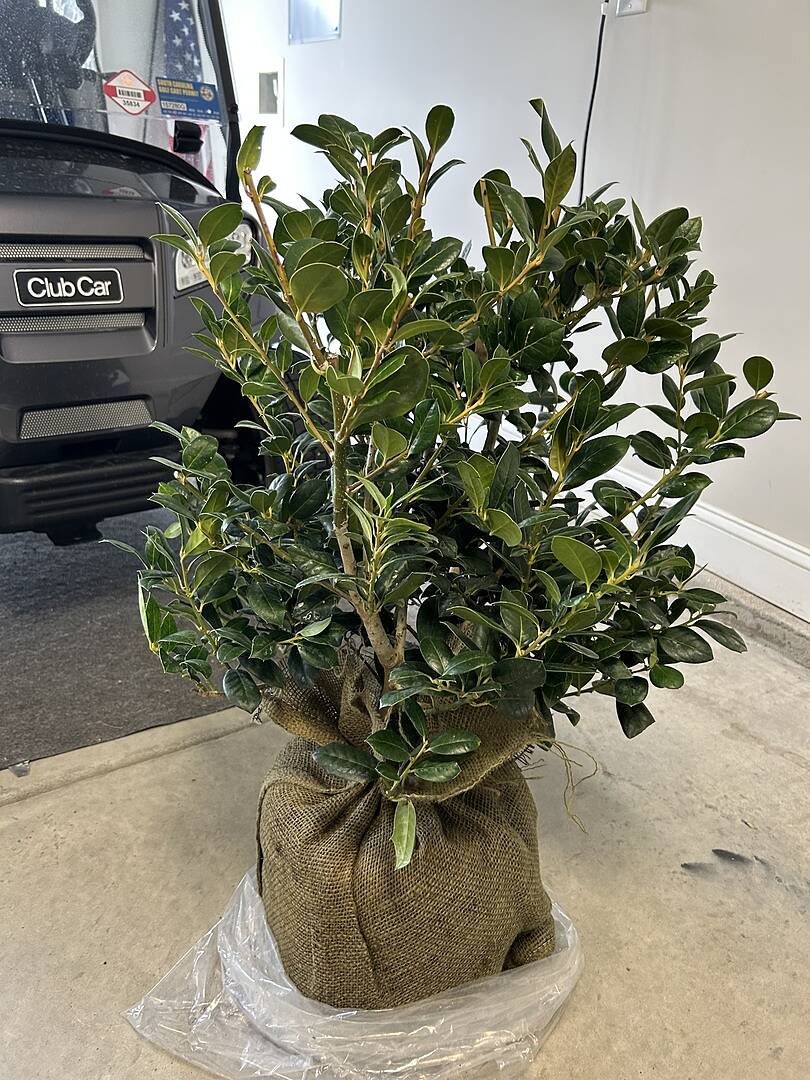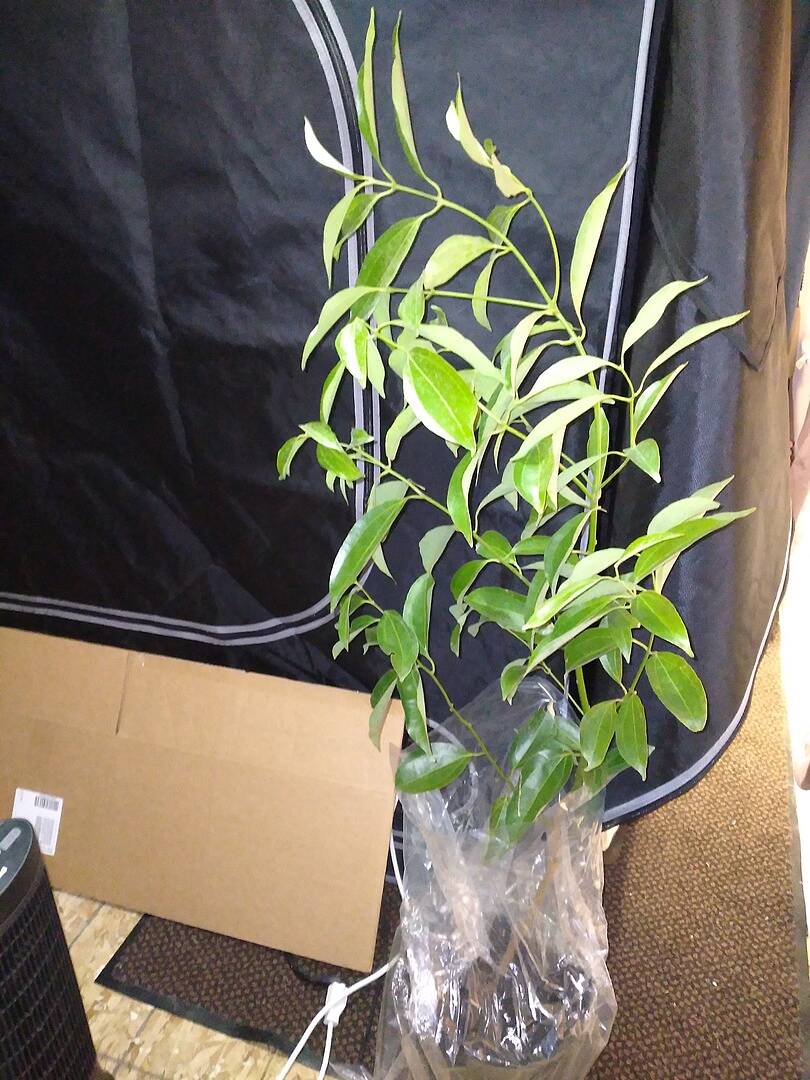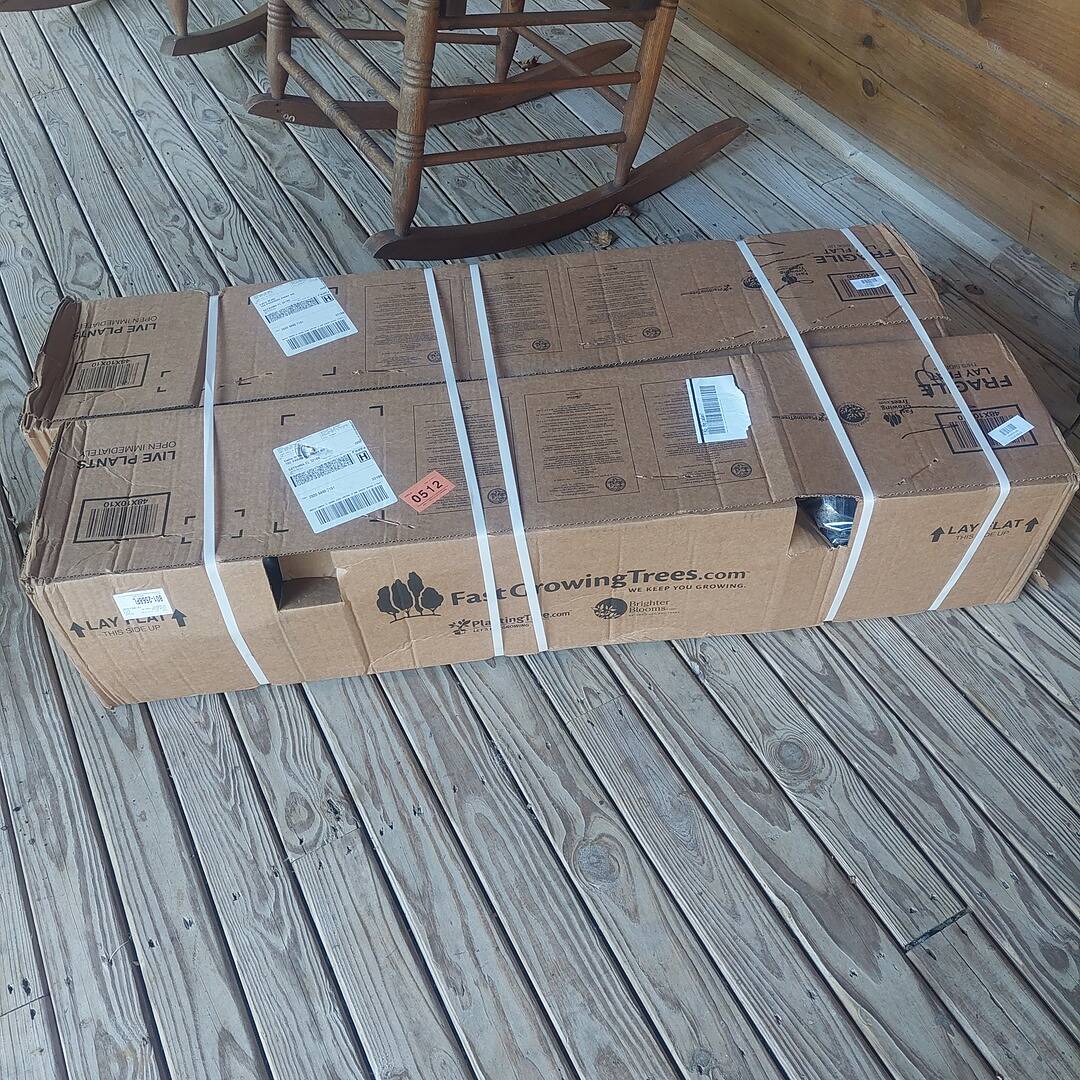USDA Plant Hardiness Zone Map, 2023. Agricultural Research Service, U.S. Department of Agriculture. Accessed from https://planthardiness.ars.usda.gov/
New USDA Hardiness Zone Map: What Does it Mean For You?

Last updated: Dec 14 2023

The first time you planted something, chances are, you had to find out what your growing zone was—either by looking on a map or typing in your zip code before getting your shovel out. Or maybe you're familiar with seeing growing zones labeled on a plant tag, where it says something like "3-7" or "8-11." Growing zones—also commonly called hardiness zones— help tell us whether a plant will be happy growing in a specific area.
The USDA recently released a new hardiness zone map for the first time since 2012, and with it come a lot of questions about what the changing zones mean for gardeners. Here, we'll dig into what growingn zones actually are, what they tell us about which plants will grow best, what a new zone looks like in your garden, and how to prepare for the future.
What is a USDA growing zone?
The United States Department of Agriculture (USDA) created 13 growing zones, based on the 30-year average of the lowest winter temperature in each area. Each zone contains a range of 10 degrees Fahrenheit and is sorted from zone 1, the coldest, to zone 13, the hottest.
You may sometimes see zones denoted with individual numbers (like 2, 3, 4 5, 6), or you may see them broken down further into 5-degree increments, denoted by a “a” or “b” following the zone number (like 2a, 2b, 3a, 3b, etc.). For example: zone 8 has an average minimum winter temperature of 10 °-20 °—a 10-degree range. When broken down into sub-zones, zone 8a is 10 °-15°, and zone 8b is 15 °-20 °, both 5-degree ranges.
Essentially, what growing zones tell us is: how cold is it likely to get in a given region, and which plants are most likely to survive at that temperature? You will be the most successful planting plants outdoors that are suitable for the growing zone you live in.
What is the USDA Hardiness Zone Map?
The USDA Hardiness Zone Map shows the growing zones visually across the United States. Warmer states like Florida will have, on average, warmer temperatures than a colder state like Maine, but within states, you can also have multiple zones, making the visual of the map helpful.
On the USDA's website—as well as on our website—you can enter your ZIP code to see exactly which growing zone you're in!

When was the Hardiness Zone Map last updated?
The first USDA Hardiness Zone Map was released in 1990, with the second update in 2012 and the most recent one in 2023. While the map has tended to be updated around every 10 years, there is no set timeline for regular updates.
What factors go into hardiness zones?
Temperature is the primary factor that determines each hardiness zone, but it is not the only one. Geography and extreme temperature changes like frost, storms, and droughts are some of the other factors considered. It's important to note that while the growing zones establish a solid baseline for determining whether or not you can successfully grow a plant, it is not the only thing to consider, since it leaves out some important information like precipitation, dry seasons, and humidity.
Introducing a new Hardiness Zone Map
The new 2023 map represents a few notable changes from the previous versions:
- Growing zones are more granular, thanks to improvements in technology and data since 1990 and 2012.
- Two new growing zones were added to the original 11, for a total of 13 zones. The new zones primarily cover Hawaii and Puerto Rico.
- The average temperature has increased by 2.5° over the last 30 years, across the country. This means that about half of the country is now in a warmer zone than they were previously.
What the new map means for you
If you live in the continental United States, the new map will likely not have a major impact for you—although you may find that you are a half zone or a full zone warmer. You can check your ZIP code to determine if your zone has changed.
If your growing zone has not changed, you don’t need to take any action—you can continue planting the same plants as you did before.
If your growing zone has changed, you'll want to account for your new zone in your future plant selecion decisions. You may be able to plant warmer-climate plants taht you weren't able to previously! For example, if you were previously in zone 7 and are now in zone 8, you can try planting citrus trees outside.
Please note: A new growing zone does not mean that you need to remove existing plants, or that your plants will no longer grow in your landscape! Generally, existing plants will continue to thrive—while your growing zone has changed, the plant's needs have not. Plants are very adaptable, and since your growing zone has shifted by a small margin, you are not likely to notice any changes in your plant’s behavior.
Frequently asked questions
Do I need to change what I currently have planted in my yard?
Not at all. The growing zone shifts are small, and while you might notice some flowers not blooming as long or at the same time as in years past, your plants will continue to grow as they have been—so there is no need to break a sweat moving plants!
How do I know if my growing zone has changed?
Check the USDA’s 2023 growing zone map and use your ZIP code to find your growing zone. If you are curious about the changes, you can even compare the new map to the previous 2012 map!
Will my zone change again?
There's no way to know! This year, about half of ZIP codes did change zones, and half did not change at all. Climate and temperature trends we see now might change in the future. However, the USDA will continue to evaluate temperature and other data to make the best recommendation about growing zones.
When will the next Hardiness Zone Map be released?
There is no set timeline for updates. However, the past, the map has been updated around every 10-12 years.
We know changes like a growing zone can mean a lot, especially if you have plans for your landscape. Don’t hesitate to reach out to our Plant Experts to get your questions answered.
Need more guidance on your growing zone?
Check out our growing zone guides with planting tips and plant recommendations below:

Written by
Meredith Gaines
Meredith's love for plants started at a young age, and only grew when she started working in the Desert Exhibit at the South Carolina Botanical Gardens and the Historic Filoli Estate in the Bay Area. After graduating from Clemson University (GO TIGERS!) with a degree in Biology and Horticulture, she found her niche in the FastGrowingTrees.com family as a horticulturist and has grown in her current role as Senior Plant Expert.
She currently resides in her hometown of Charlotte, North Carolina, and enjoys spending any time she can outdoors. She learns new things about plants every day and loves sharing her plant knowledge and tips with those around her. Her favorite plant is constantly changing, but her long-time favorites are peonies, oak trees, and ferns.
Featured Product

Bloodgood Japanese Maple Tree
429 reviewsStarting at $65.95








